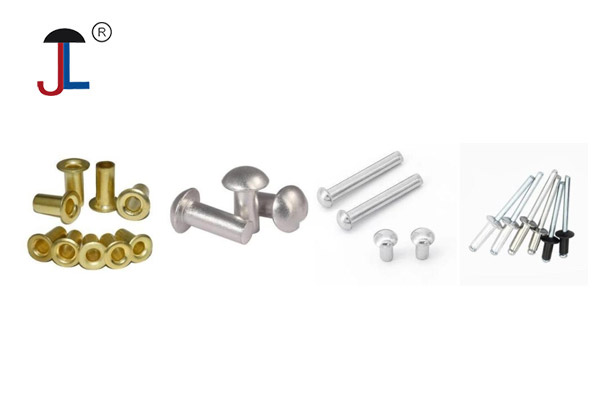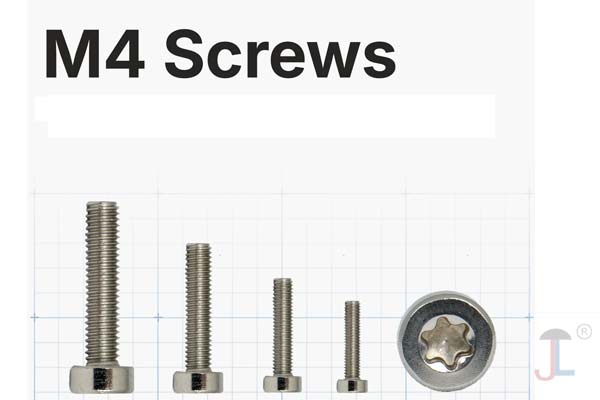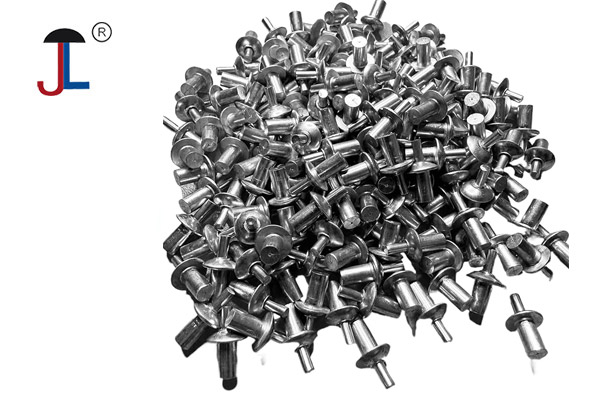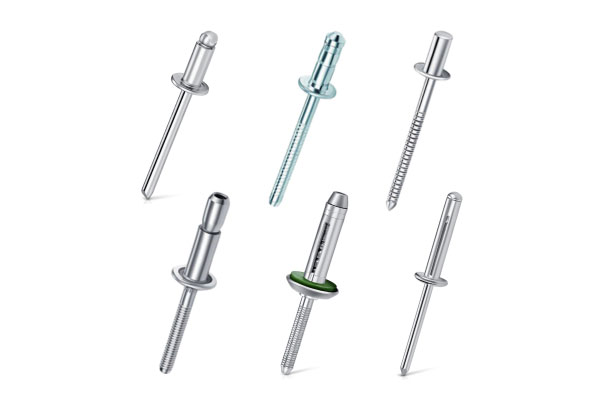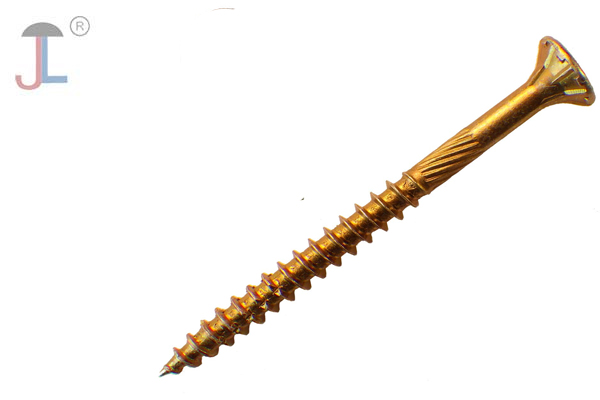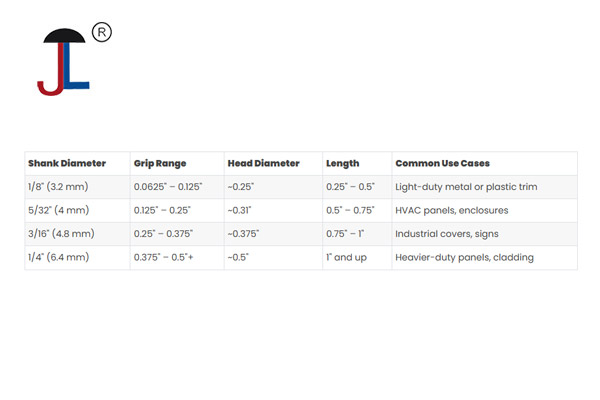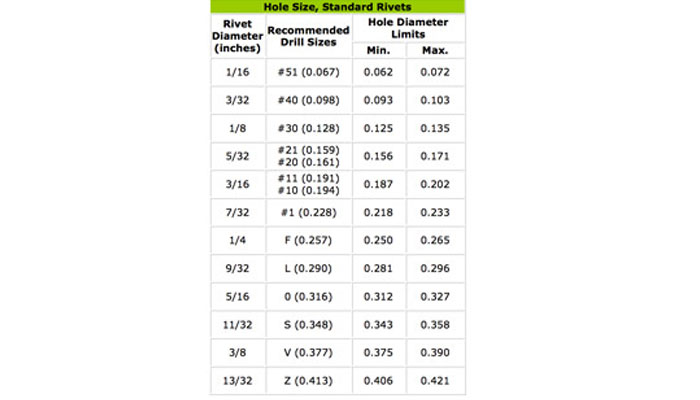- A bi-metal screw typically consists of a carbon steel core for strength and a stainless steel outer layer that provides corrosion resistance. The stainless steel layer protects the screw from rust and degradation even in highly corrosive environments.
- The stainless steel used in bi-metal screws is often from the 300 series, such as 304 stainless steel, which is known for its superior corrosion resistance. This stainless steel layer forms a protective chromium oxide film that prevents rust and re-forms if damaged.
- The carbon steel core provides mechanical strength, while the stainless steel exterior ensures the screw can withstand exposure to moisture, weather, and chemicals without rusting.
- Bi-metal stainless steel self-drilling screws combine the advantages of both metals, offering durability, rust resistance, and the ability to drill into tough substrates without pre-drilling, making them suitable for outdoor and industrial applications.
- Compared to regular carbon steel screws or galvanized screws that only have a surface coating, bi-metal stainless steel screws resist rust throughout the entire screw surface due to the stainless steel layer, which is more durable and long-lasting.
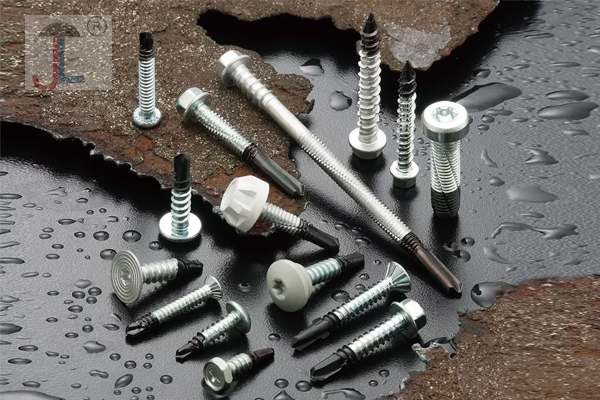
Recommended Reading:

